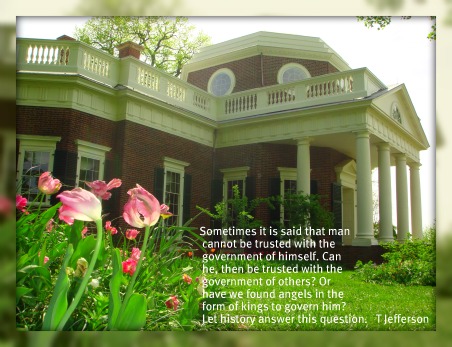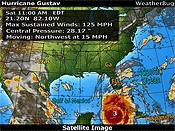As the federally mandated public education Common Core standards steamroll over the nation’s classrooms, plenty of parents and educators have taken to the public forum in protest to “stop common core.” Yet, the program’s proponents tell Americans they have nothing to fear because the Common Core is “rigorous’. In fact, “rigor” has become the go-to word to describe the Common Core. College board president appointee David Coleman, an architect of the Common Core standards, reminds us that the Common Core allows us to talk about “rigor” more concretely and these days, we hear the word “rigor” enough to be sure of one thing — no one is quite sure what “rigor” means anymore. So, let’s clear it up!
”Rigor” has a rich etymology from its Latin roots to the old French meaning of “to be stiff,” which birthed the medical term “rigor mortis.” Later, “rigor” entered the mouths of Middle English speaking serfs to mean “rigid” and “rigor” has maintained that definition for centuries. Even today, Merriam-Webster defines “rigor” as “harsh inflexibility in opinion, temper, or judgment” and as “the quality of being unyielding.” Encarta calls it “something that obstructs progress and requires great effort to overcome…”
Harsh. Severe. Stringent obstruction. Yup, that’s old school rigor, the kind that even William the Conqueror and Geoffrey Chaucer would have understood. But one definition, “the application of precise and exacting standards in the doing of something,” jumps up like a page from “The Giver,” Lois Lowry’s brilliant dystopian novel where “precise language” is king. ”The Giver” itself stands not too far from the realities of “rigor.” This 1994 Newberry Medal winner awarded by the Association for Library Service to Children, a division of the American Library Association, was also challenged and/or banned on and off in the late 1990′s and again, from 2000-2009 by the very same organization — the American Library Association. Lowry packs intricate themes into this cautionary tale about trading in freedom for security, providing tremendous insight into “rigor” as redefined for the 21st Century.
But, fret not. Because of the Common Core, “rigor” doesn’t mean “rigor” anymore. No echoes of Sir Lancelot’s voice here. Instead, “rigor” in the new and improved internationally bench marked lexicon means, well, something that is associated with “high levels of rigor.” It’s about rigorous content and rigorous instructional practices. It’s a refreshed and recycled rigor where it’s all about rigor. Go on! Google it! See how rigorous rigor can be. Scaffolding thinking! Staircase of complexity! Dual intensity! Hey, it’s authentic rigor sans the crotchety old back-to-basics. Nope, not your parent’s rigor. Rigor is now a higher-order brain process that is rigorous. Really rigorous rigor.
Equally exciting is that “rigor is for everyone,” writes academic Barbara Blackburn, Ph.D., in “Rigor is NOT a four-letter word.” She defines “true rigor” as “creating an environment in which each student is expected to learn at high levels, each student is supported so he or she can learn at high levels, and each student demonstrates learning at high levels.”
So, that’s rigor, folks. And now that you’ve got rigor under your belt, don’t forget to read Robyn Jackson’s “Rigorous Instruction for the Classroom” where she introduces another very important Common Core word: ROBUST.
--------------------------------------------------------------
Merrill Hope writes for City on a Hill and Save America Foundation. Her "Education Code" series will appear in the August 2013 issue of As A Mom Magazine. Over the years she has inked articles for the Hollywood Reporter and Backstage West. She's married, the mother of a teenager (God help her!) & a dachshund lover. You can follow her at Merrill Hope @outoftheboxmom.
---------------------------------------------------------------
 Friday, June 28, 2013 at 06:38PM
Friday, June 28, 2013 at 06:38PM 










Reader Comments